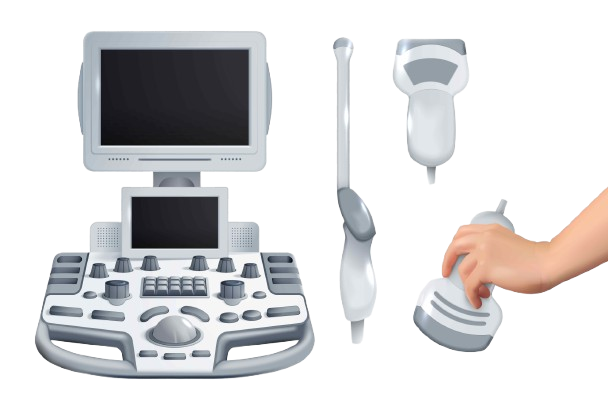Medical science has evolved significantly over the years, and one of the most valuable advancements in diagnostic imaging is sonography, also known as ultrasound. Sonography is a non-invasive, radiation-free imaging technique that plays a crucial role in diagnosing and monitoring various diseases. From pregnancy scans to detecting internal organ abnormalities, sonography is widely used in medical diagnostics to provide real-time insights into a patient’s health.
What is Sonography?
Sonography is a medical imaging technique that uses high-frequency sound waves to create images of the body’s internal structures. Unlike X-rays or CT scans, sonography does not use ionizing radiation, making it a safe and preferred choice for various diagnostic purposes. The captured images help doctors evaluate organs, tissues, and blood flow in real-time.
How Sonography Works
Sonography is performed using a device called a transducer, which emits high-frequency sound waves into the body. These waves bounce off internal structures and return as echoes, which are then converted into images by a computer. Depending on the area being examined, different types of transducers are used to produce detailed images.
Common Uses of Sonography in Disease Diagnosis
1. Abdominal Disorders
Sonography is frequently used to evaluate abdominal organs such as the liver, kidneys, pancreas, spleen, and gallbladder. It helps diagnose:
- Gallstones and liver disease
- Kidney stones and urinary tract infections
- Pancreatitis and abdominal tumors
2. Cardiac (Heart) Conditions
A specialized form of ultrasound called echocardiography (2D Echo) is used to assess the heart’s function. It helps diagnose:
- Heart valve diseases
- Congenital heart defects
- Heart failure and blood flow abnormalities
3. Pregnancy and Fetal Development
Sonography is the most common imaging technique used in pregnancy to monitor fetal growth and development. It helps:
- Confirm pregnancy and estimate due dates
- Detect fetal abnormalities
- Monitor amniotic fluid levels and placenta position
4. Thyroid and Neck Evaluation
Ultrasound is a vital tool in assessing the thyroid gland and detecting:
- Thyroid nodules and cysts
- Goiter (enlarged thyroid)
- Tumors or abnormal growths in the neck
5. Gynecological and Pelvic Conditions
For women, pelvic ultrasound helps diagnose conditions such as:
- Ovarian cysts and fibroids
- Endometriosis
- Polycystic Ovary Syndrome (PCOS)
- Uterine abnormalities
6. Musculoskeletal Disorders
Sonography is increasingly used in orthopedics to diagnose:
- Tendon and ligament injuries
- Joint inflammation and arthritis
- Muscle tears and nerve disorders
7. Breast Abnormalities
Breast ultrasound helps in detecting:
- Lumps or cysts
- Breast tumors (as a supplement to mammograms)
- Lymph node abnormalities
8. Vascular Conditions
Doppler ultrasound is a specialized form of sonography that evaluates blood circulation in arteries and veins. It helps diagnose:
- Deep vein thrombosis (DVT)
- Aneurysms and blood clots
- Peripheral artery disease (PAD)
Advantages of Sonography in Diagnosis
✅ Non-Invasive and Painless: No needles or incisions are required. ✅ Radiation-Free: Unlike X-rays or CT scans, ultrasound is safe for all age groups. ✅ Real-Time Imaging: Provides live images, aiding in quick diagnosis. ✅ Cost-Effective: More affordable than MRI or CT scans. ✅ Portable and Accessible: Can be performed in clinics, hospitals, and even bedside in emergency situations.
When Should You Consider a Sonography?
If you experience symptoms such as persistent pain, swelling, abnormal lumps, or unexplained weight loss, your doctor may recommend a sonography to identify the underlying cause. Regular screenings, especially for high-risk individuals, can help in early disease detection and better management of health conditions.
Conclusion
Sonography is a powerful diagnostic tool that plays a crucial role in early disease detection, monitoring, and treatment planning. With its safety, affordability, and efficiency, it remains one of the most widely used imaging techniques in modern medicine. At Kaizen Diagnostic Centre, we offer state-of-the-art sonography services to ensure accurate and timely diagnosis for your health concerns.
📅 For appointments and more information, visit www.kaizendiagnostic.com.




Pingback: Sonography in Kalwa – What Every Patient Should Know